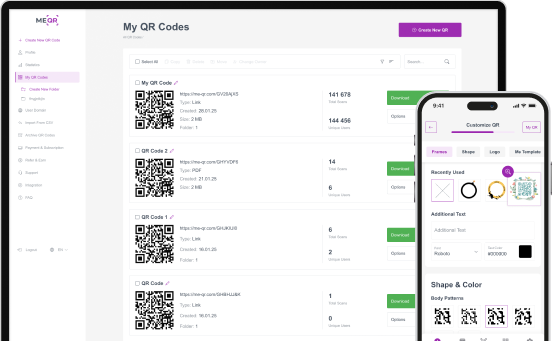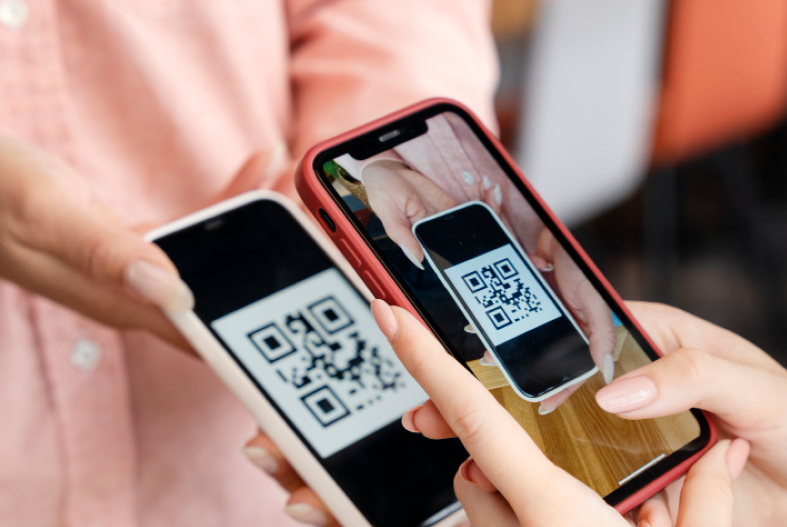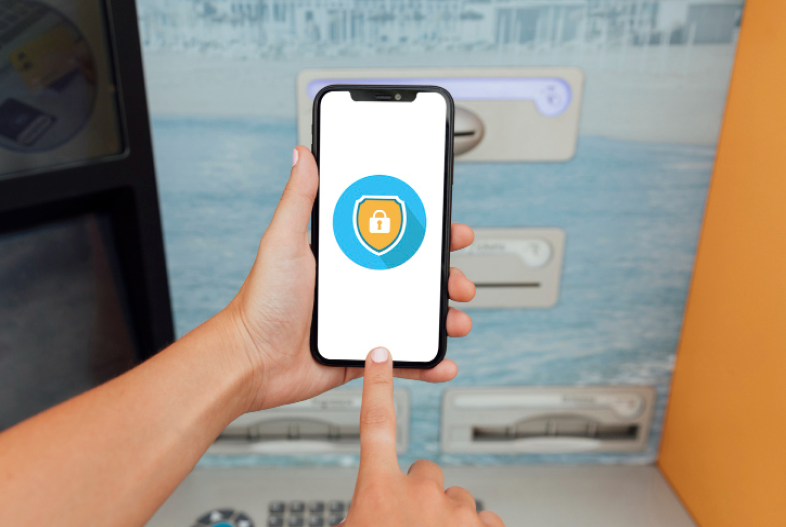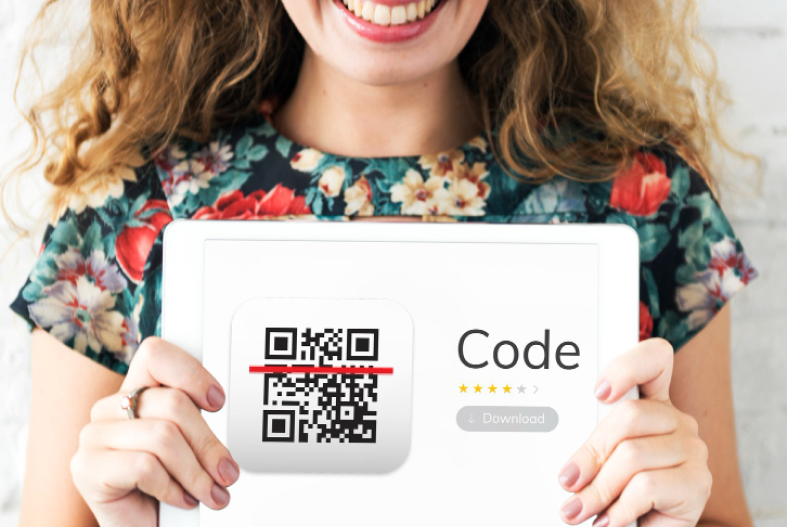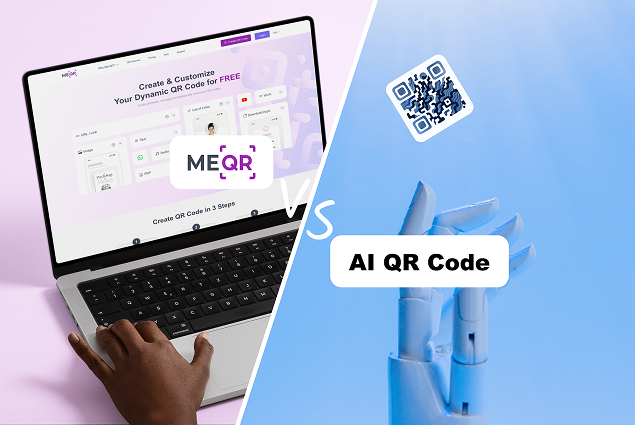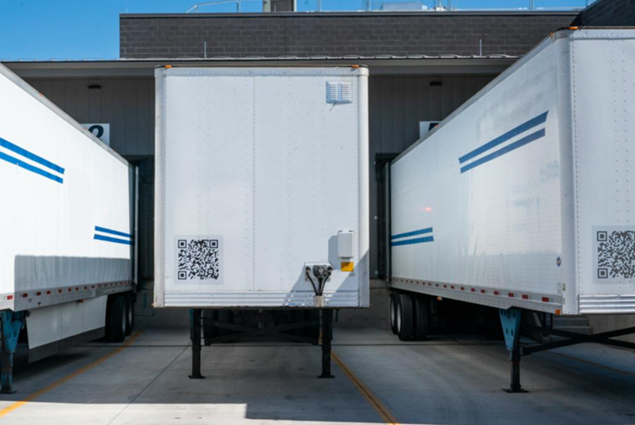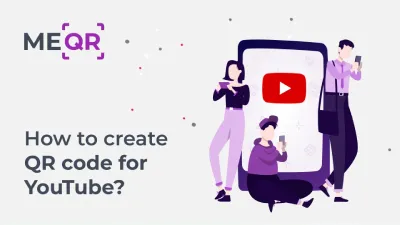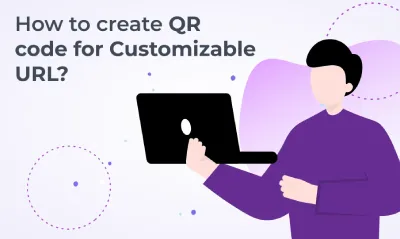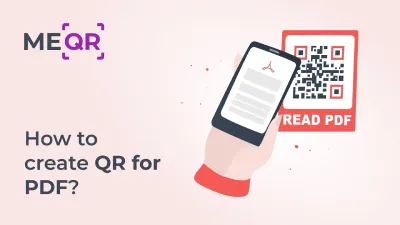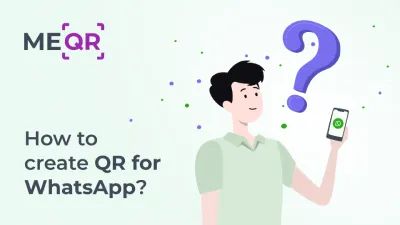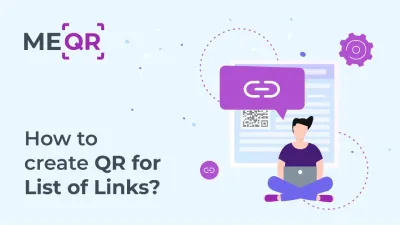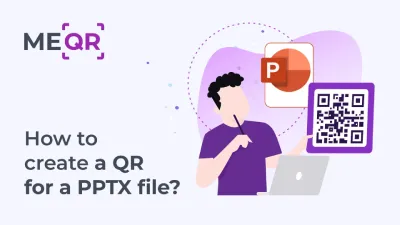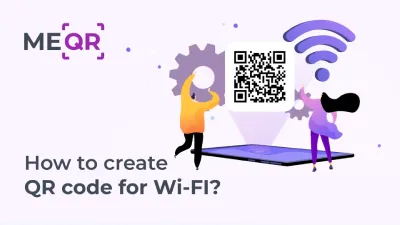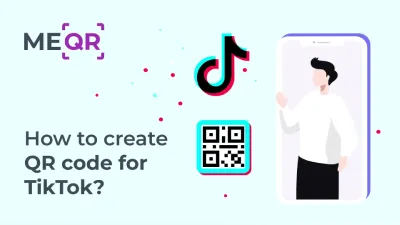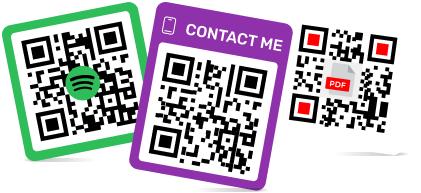QR Code for Wine, Beer, and Other Beverages: How It Works
To create QR code for link, video or image - click on button below.

The beverage industry has witnessed a technological revolution with the introduction of QR codes. These small, square patterns of black and white pixels have become increasingly prevalent on wine bottles, beer cans, and other beverage packaging, serving as a bridge between the physical product and the digital world. QR codes offer consumers instant access to a wealth of information and interactive experiences, transforming the way we engage with our favorite drinks. According to Electro IQ statistics, 55% of people would like to see more QR codes on physical products to receive information and special offers, making this technology especially relevant for brands in the FMCG sector.
A bottle QR code is a functional label element that contains helpful information for customers. Scanning directly through your smartphone is easy: point your camera at the code and read the encrypted content. Regardless of drink properties, you can generate a QR code and place it on a bottle or can.In this guide, we'll explore how QR codes work for beverages and how brands can make the most of this technology.
Trend of Making QR Codes for Beverages
The world's alcoholic and non-alcoholic drink manufacturers have implemented QR technology in their marketing strategies since long ago. For example, the Coca-Cola company uses a QR generator to create interactive soda cans. People can scan a compact code through the smartphone to learn about or participate in forthcoming events.
Another example is the Tussock Jumper Wine plant. In their Valentine's Day campaign, they chose to create QR codes for labels. Buyers bought wine and modified the QR code on wine bottle by adding a text message, photo, audio, video, or other content. Then they gave the gift to their loved ones, scanned the code, and accepted congratulations pleasedly.
These examples show that the QR code wine bottle or the bottle with some other beverage can be helpful tools for consumer interaction.

Options for Using QR codes on Wine and Beer Bottles
QR codes on wine and beer bottles provide a powerful tool for both brands and consumers, enhancing the drinking experience by offering instant access to a wealth of information and interactive features. From learning about the product's origin to engaging in promotions, QR codes allow brands to connect with their audience in innovative ways. Below are several detailed options for using QR codes on wine and beer bottles that can benefit both the producers and consumers.
QR Codes for Product Information
One of the most common uses for QR codes on bottles is to provide detailed information about the product. Scanning the code can direct consumers to a page that explains the origin of the wine or beer, including the vineyard or brewery, the harvest or brewing year, and the ingredients used. Suppose you want to inform consumers about your drink’s ingredients, benefits, and other features. In that case, you should generate a QR code with helpful content in an appropriate format. For example, make QR with YouTube video or a link to the company's website.


QR Codes for Feedback
Collecting reviews helps companies improve product quality and service, but customers rarely agree to take the time to write comments. Imagine a soda or beer QR code that, when scanned, leads users to a form where they can leave a drink or company review. Such an interactive code would help your brand get quality feedback from consumers.
Wine and Beer Reviews
Consumers often rely on reviews to make purchasing decisions, especially when it comes to wine and beer. QR codes can link directly to professional and user-generated reviews of the product, giving potential buyers more confidence in their choice. This transparency builds trust between the brand and the consumer, helping to increase sales and improve the brand's reputation.
QR Codes for Recipes and Pairing Suggestions
People often make homemade cocktails based on purchased alcoholic and non-alcoholic beverages. Customers will love it if you share interesting recipes with them. For example, make QR recipes for sangria, monaco, and other popular cocktails.
Also, many consumers may not be sure what food to pair with their wine or beer. QR codes can provide tailored pairing suggestions, enhancing the dining experience. For wine, this might include recommendations for specific cheeses, meats, or desserts, while beer codes could offer suggestions for barbecued dishes or pub fare. These pairing guides not only help consumers enjoy their drinks more fully but also position the brand as an expert in the culinary experience.


Promotions and Discounts
QR codes are an excellent way to offer promotions, discounts, or loyalty programs. By scanning the code on the bottle, consumers can unlock special offers, such as discounts on future purchases or the chance to enter a contest. This encourages consumers to engage with the brand and offers a direct incentive for them to continue purchasing the product. Brands can also track which promotions are most effective through the QR code analytics. This application of QR codes can significantly enhance a brand's reputation and consumer loyalty.
QR Codes for Environmental Initiatives
1.2 million plastic bottles are used on the planet in one minute. This number is shocking, and many people try to sort the garbage for recycling and appreciate brands that support ecological initiatives. To improve the image of your company, create a QR code with information about your environmental protection projects.
Best Practices for Designing QR Codes on Beverage Labels
When designing QR codes for beverage packaging, there are some key best practices to keep in mind:
- Clear Contrast: ensure that the QR code contrasts well with the background to make it easily scannable. Use a dark-colored code on a light background or vice versa.
- Placement: position the code where it's easy for customers to spot, such as near the front label or the bottle cap.
- Size Matters: make sure the QR code is large enough to be scanned but doesn't take up too much space on the label.
- Call to Action: add a clear call to action (CTA) like "Scan for more info" to encourage customers to engage.
These simple design strategies can significantly boost engagement with the code, leading to higher consumer interaction.
Put your QR code link, add name for your QR, select content category and generate!

How to Create a QR Code for Beverage Packaging with ME-QR
Creating a QR code for wine, beer, or other beverages is simple using the ME-QR platform. Here’s how to do it:
- Sign Up or Log In. First, sign up or log in to your ME-QR account.
- Choose QR Code Type. Select the type of content you want to link to the code-whether it’s a website, PDF, video, or custom landing page.
- Customize the QR Code. Use ME-QR’s customization features to adjust the color, size, and add your brand’s logo to the QR code.
- Generate and Test. Generate the QR code and test it across various devices to ensure it's working properly.
- Download and Place on Packaging. Finally, download the code in your preferred format and integrate it into your beverage label design.
With ME-QR, brands can create interactive codes that enhance the customer experience and make their product stand out on the shelf.
Conclusion
This comprehensive guide to interactive QR codes on packaging covers all aspects of their benefits, use cases, and creation processes. By implementing QR codes, businesses can strengthen customer engagement and improve marketing strategies, ultimately driving more conversions and brand loyalty. By staying ahead of these trends, beverage producers can leverage QR code technology to create innovative, engaging, and personalized experiences for their consumers, setting themselves apart in an increasingly competitive market.

